Leonardo DiCaprio-Backed Project Launches To Help Amazonian Tribes Fight Big Oil
Leonardo DiCaprio transformed himself into the celebrity face of the movement to combat climate change, donating millions to conservation causes and starring in an Al Gore-style documentary last year.
But the actor’s latest environmental effort takes a different approach, putting indigenous people out front.
Amazon Frontlines, a new nonprofit funded by DiCaprio’s foundation, plans to launch Thursday with the aim of nurturing an alliance between tribes and trumpeting stories about their fights to stop timber and oil drilling in the South American rainforest.
“Amazon Frontlines is the real deal,” Justin Winters, executive director of the Leonardo DiCaprio Foundation, told HuffPost by email. “This work is what urgent climate action at the community level is all about.”
The group springs from an effort to provide clean water to tribes in the region whose water wells were contaminated from decades of drilling by oil giant Texaco. In 2011, Ecuador’s Supreme Court ruled that Chevron, which bought Texaco for $36 billion in 2000, owed $9.5 billion in compensation for dumping more than 18 billion gallons of crude in the once-pristine rainforest ― a slow-moving disaster dubbed “rainforest Chernobyl” by environmentalists.

That same year, activists started a group called ClearWater to provide clean water to four indigenous tribes in Ecuador’s Amazon ― the Siona, Secoya, Waorani and Cofan. The tribes, with more than 1,000 families between them, united around the shared struggle. Now, that coalition has formed what’s called the Ceibo Alliance. Amazon Frontlines serves as its sister organization, focused on building water and solar energy infrastructure, documenting evidence of violations against the tribes’ sovereignty and advocating to make their fight public.
“It’s been inspiring to support this effort and to see it evolve over the past five years,” said Winters, who serves on the board of directors.
DiCaprio’s foundation provided $3.4 million over three years to both the Ceibo Alliance and Amazon Frontlines. The funding builds on $1.7 million in donations from 2013 to 2017 to ClearWater from musician Sting’s Rainforest Fund. Of that, the foundation gave the Ceibo Alliance $495,860 last year to get started, and donated $155,000 this year to fund a human rights program.
“We are very proud that our support in building clean water systems has led to the formation of the Ceibo Alianza, a truly inspiring union of the ancestral peoples of Ecuador’s Amazon in defense of their forests, their cultures, their rights,” said Franca Sciuto, chairwoman of the Rainforest Fund.
The website for Amazon Frontlines documents Chinese oil companies and their spills, as well as poaching and illegal mining, with photos and videos by indigenous Ceibo Alliance members. It offers first-person accounts about tribal traditions, history and culture. The site also features maps of the region, staking out ancestral claims.
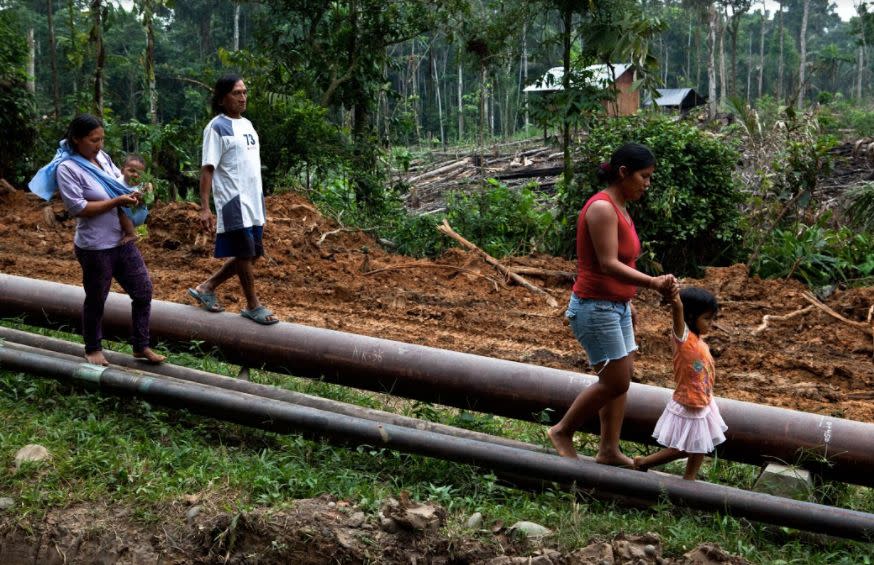
“Amazon Frontlines is about taking our cues from the indigenous peoples who have been living and protecting these forest for thousands of years, and who are now on the frontlines of our civilization’s daily incursion into their ancestral homelands,” Mitch Anderson, founder and executive director of the group, told HuffPost by email.
“Our team is living and working day-in and day-out in the western Amazon with frontline indigenous communities to support them in their struggles to defend their forests from the threats of oil, mining, logging and poaching, and to build solutions to these threats, such as solar energy, clean water, and economic alternatives.”
Still, it’s easy for many in the environmental movement to roll their eyes at wealthy white men who burnish their reputations championing causes while jetting around the world in planes that spew planet-warming emissions.
DiCaprio became embroiled in a money-laundering scandal by a state-owned Malaysian investment fund last year, prompting some to demand he resign from his role as a United Nations representative on climate change. He didn’t step down, but in July, the actor turned over an Oscar won by Marlon Brando to U.S. investigators as part of a Department of Justice probe. DiCaprio said he’d been given the Oscar as a gift.
But in just the past year, President Donald Trump has macheted regulations to combat climate change, the Environmental Protection Agency appointed industry shills as regulators, the Department of the Interior began chipping away at national monuments, and the Republican-controlled Congress took steps to gut the Endangered Species Act and drill in the Arctic wildlife refuge known as “America’s Serengeti.” So, it’s hard to criticize those who are at least trying to do something.
Related...
5 Times Trump’s Pick For Top Environmental Adviser Struggled To Defend Her Climate Denial
JPMorgan, BlackRock Tout Climate Bona Fides While Funding Amazon Oil Drilling
Fossil Fuel Emissions Set To Hit All-Time High In 2017 As Coal Burning Increases
Also on HuffPost
Love HuffPost? Become a founding member of HuffPost Plus today.
If you choose an artificial tree, you need to use it for a very long time
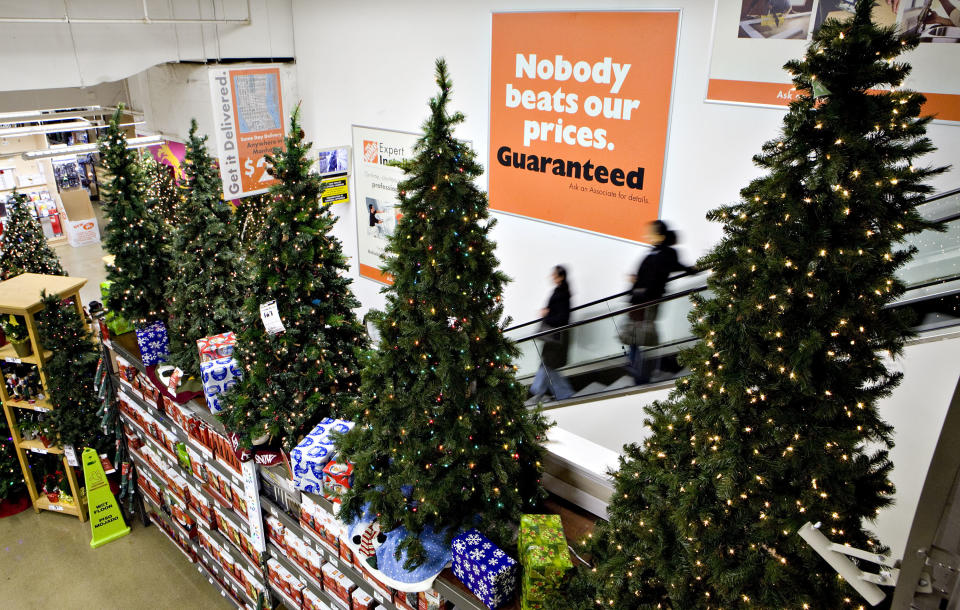
Artificial trees have “three times more impact on climate change and resource depletion than natural trees,” said the study, conducted by the consulting firm Ellipsos.
If you’re going to buy artificial, choose domestic
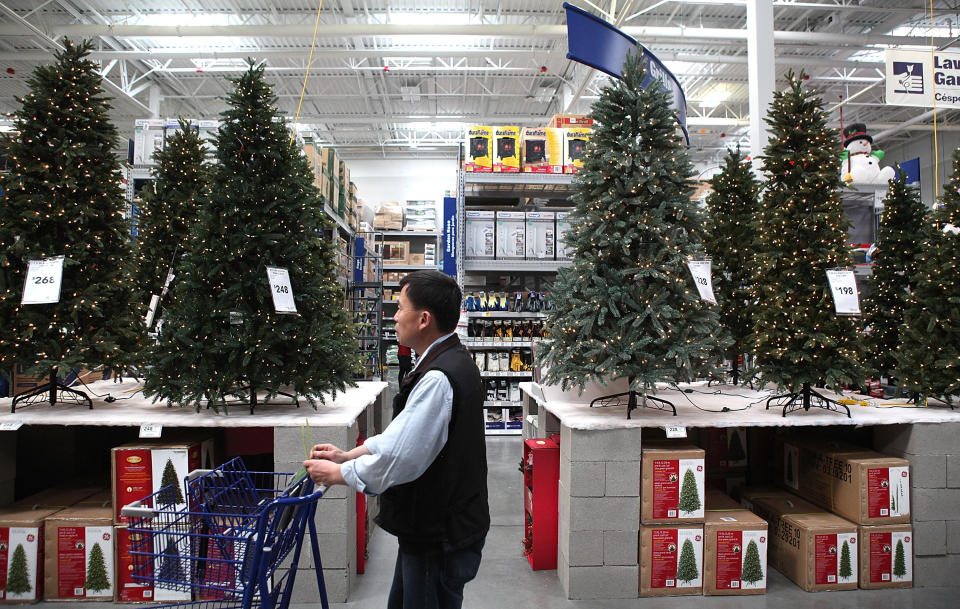
If you're opting for a fake tree, aim to buy one with a "Made In USA" label.
Similarly, if you’re buying a real tree, go local

“If you pick up a real tree close to your home or pick it up on a trip you were going to make anyway, the impact of the real tree is almost nil,” Bert Cregg, a horticulture expert at Michigan State University, told HuffPost.
Buying local also means supporting your community's growers and businesses, as well as preserving local farmland.
The Christmas Tree Farm Network maintains a comprehensive list of farms in the U.S., organized by state.
Real Christmas trees are grown specifically for that purpose
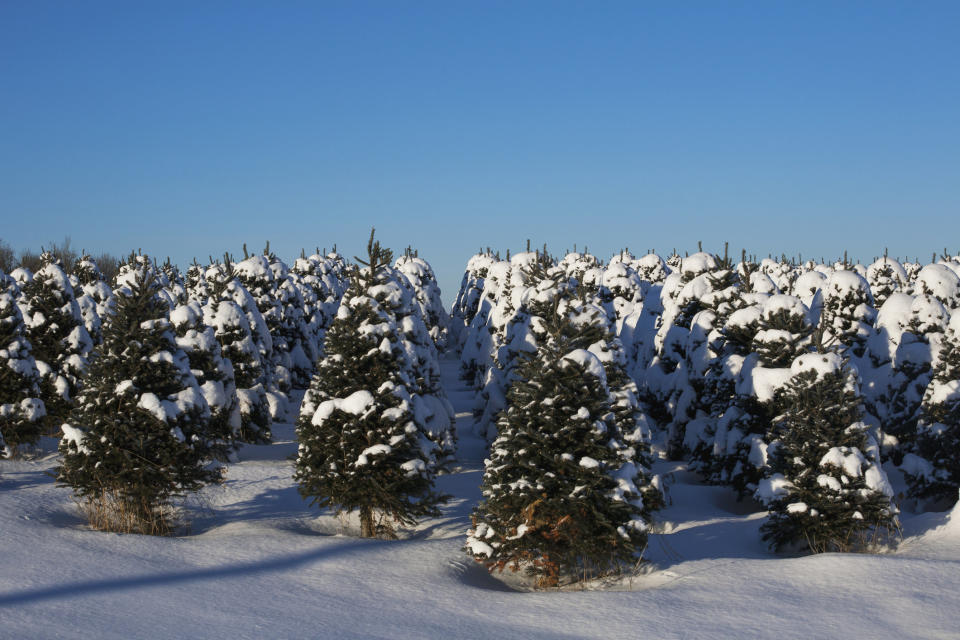
Christmas tree farms can serve as a habitat for local wildlife
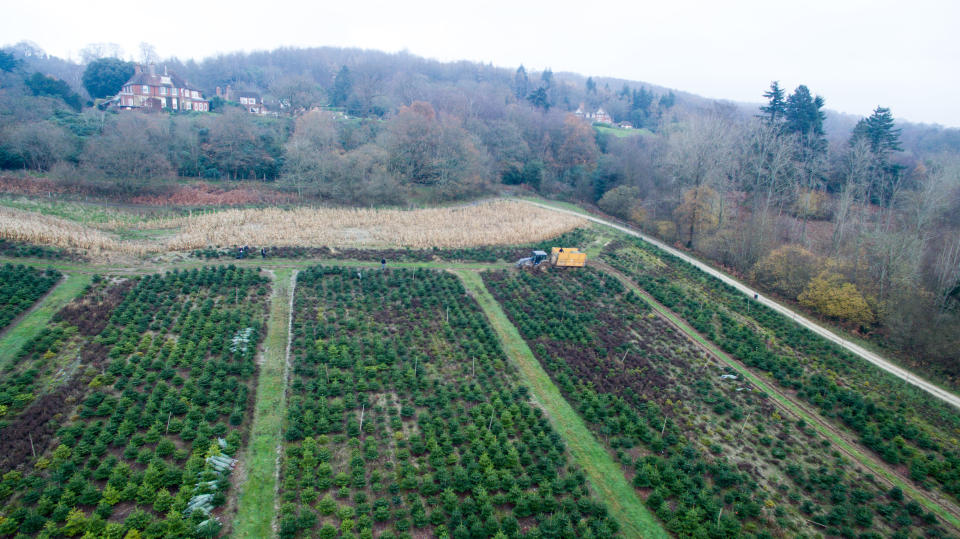
These farms have environmental costs of their own, noted Thomas Harman, who sells artificial Christmas trees. “If you use an artificial tree for 10 years, you need 10 trees, and that is 70 years’ worth of growing trees,” he told Weather.com in 2013. "You have 70 years of water and pesticide consumption."
Researchers say, however, that pesticides aren't actually too much of an issue on Christmas tree farms.
“If you look at the continuum of chemical use in U.S. agriculture, Christmas trees production certainly ranks on the low end,” Cregg told Mother Jones in an earlier interview.
Christmas tree farms can also serve as important habitats for local birds, insects and other wildlife.
Real trees can be composted or recycled
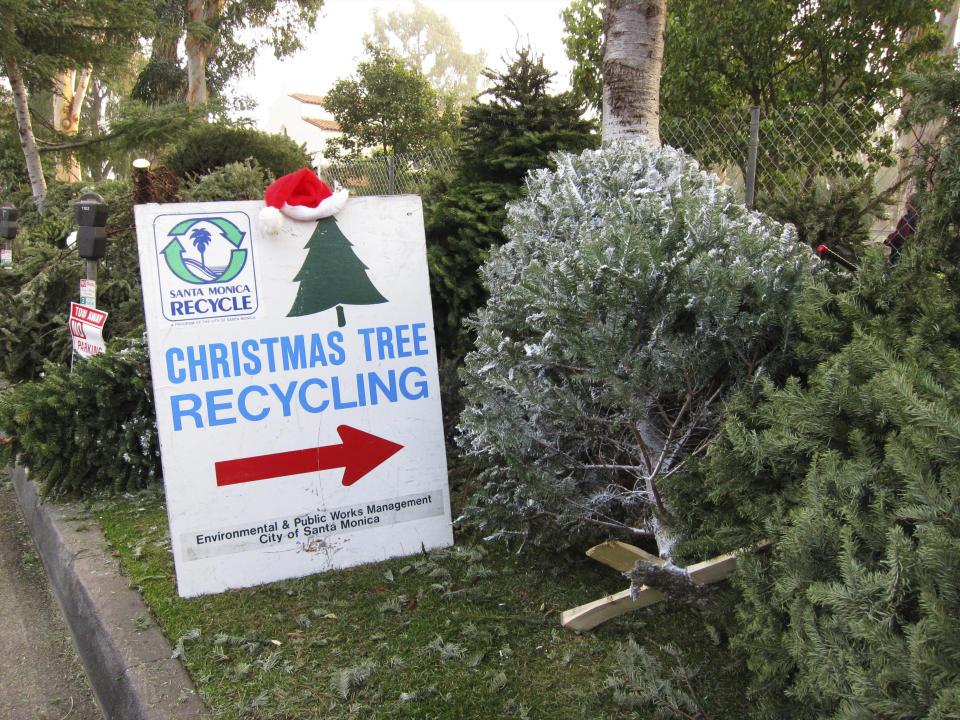
Many towns and cities have curbside pick-up options for recycling Christmas trees, or recycling drop-off centers. Some also offer tree mulching and chipping programs, allowing residents to recycle their trees and take home a free bag of mulch for their garden.
Feeling handy? You can also turn your tree into a DIY project. Create coasters and decorations with the branches and trunk of your tree. Or make some Christmas-scented potpourri.
This article originally appeared on HuffPost.

